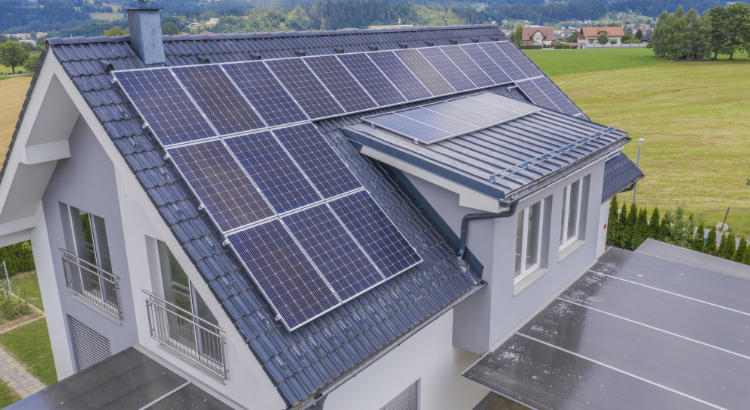How Do Solar Systems Work with Grid Connection?

Without a connection to the electricity grid, renewable energy systems can run homes and small businesses, but many people prefer the advantages of grid connectivity.
With a grid-connected system, you may use renewable energy whenever the sun is out to power your house or small business. Any extra energy produced is fed back into the grid. Your needs are met by electricity from the grid when renewable resources are not available, saving you money on solar batteries.
There are a few things to take into account while connecting your home solar system to the electric grid:
- You’ll need the necessary tools in order to connect your system to the grid
- Requirements for grid connections from your power provider
- Rules and regulations established by local and state governments
Grid-Connect Solar Power
A grid-connected solar system connects to the local utility grid so that the extra electricity is delivered back into the grid when your solar panels produce more solar power than your home needs. When you have a solar power system that is connected to the grid, the energy grid delivers the difference between what your solar panels produce and what your home needs. As a result, if the electrical demands in your home require 20 amps but your solar panel system only produces 12 amps, then you would be using 8 amps from the grid. Because a device that is connected to the grid does not store power that is generated during the day, the grid meets all of your energy needs at night. If you are living in Perth, then by hiring a reputed solar company in Perth you can get the best on-grid solar systems.
How do solar systems function when connected to the grid?
In this electric system, the electricity will flow both from the grid to which the user’s home is linked as well as from the user’s home to the grid. This feature makes the on-grid solar system both cost-effective and extremely practical. The user’s home has solar panels that are wired into the grid. Sunlight is converted into DC (Direct Current) electricity by the solar panels. The current is then delivered to an inverter. The solar inverter subsequently converts the DC to Alternating Current (AC), which powers the electrical appliances.
The grid subsequently receives this electricity, which is consumed every day there. The grid-tied inverter frequently regulates the amount and voltage of electricity sent to the household since the total amount of power generated is typically far more than a home needs or can handle. The net meter is a crucial component. It is a gadget that monitors the amount of energy that is consumed and provided to the grid. At the end of each month, the outstanding debt is reported, and a bill is given to the customer. This “converted” power source is subsequently distributed to residences through the main electrical distribution panel.
The advantages of on-grid solar
1. No electricity bills – Even though the solar power system is connected to the grid, the user only pays for the extra electricity he uses. Whether the consumer has any payments due is determined by their monthly bill. The excess energy is pumped back into the grid if the user uses less energy.
2. Low-maintenance – The on-grid solar power system is the simplest to install and has the fewest parts. Also, the system doesn’t require battery storage. This makes maintenance much easier.
3. Passive income – The consumer might charge for the extra electricity he has produced if he is connected to the grid. It not only lowers your electricity bills but also enables you to benefit from the cost savings brought on by the extra electricity generated.
4. Affordable – On-grid solar systems are the most affordable and simple to install. These are the best systems for residential usage because the extra electricity sent to the grid more than pays for the system’s cost.
Summary
An on-grid or grid-tied solar system is a perfect choice for homeowners. This lets any excess power can be fed to the grid through net metering. Also, you can take electricity from the grid, if there is any deficiency of solar power.
Tags: grid connect solar, grid tie solar, on grid solar, solar system
